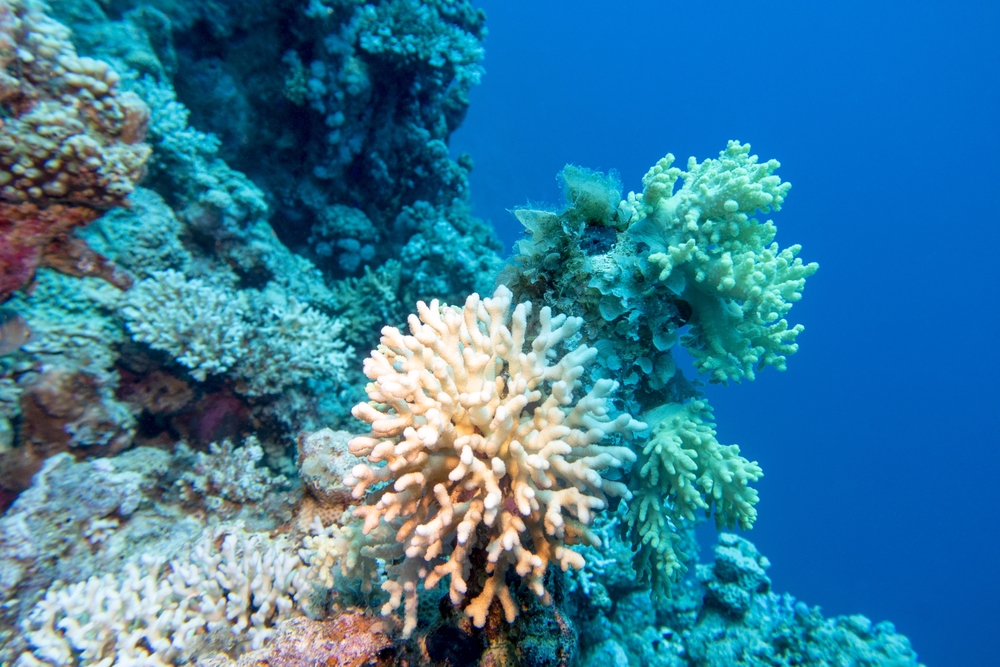While wind turbines only cost 11 grams of carbon per kilowatt-hour (compared to the combustion of natural gas at 450 grams), there is always room for improvement. Opponents of wind energy have criticized the carbon footprint of the steel required to build wind towers and turbines. Unknowingly, they may have made a wonderful suggestion on how to improve wind energy.
The Swedish manufacturer Modvion has partnered with Stora Enso, one of the oldest lumber companies in the world, to build wind turbine towers out of wood.
Old-fashioned, but more efficient
Modvion began work on their timber turbine towers a few years ago. Their prototype was completed in 2020 and was 100 feet tall. They are currently working on one three times that heigh, aimed to be a 300-foot tower, for Varberg Energi, a Swedish energy company.
“To solve the climate crisis, we need more renewable energy as well as increased use of sustainable, wooden constructions. Together with Stora Enso, we can enable both,” said Otto Lundman, CEO of Modvion.
Modvion is carving out giant curved slabs of laminated veneer lumber (LVL) that will be glued together into the tubed sections of the tower. The sections will be much lighter and easier to transport than steel versions. Using lumber instead of steel will also slash the production carbon emissions by 90 percent or more.
What’s even more impressive is that the wood itself will store carbon.
“A wooden construction stores approximately 1.8 tonnes of carbon dioxide per tonne of wood. A 110m tall tower weighs 180–300 tonnes, depending on the size of the turbine being supported. This means a carbon dioxide storing capacity of 540 tonnes and a net climate impact of minus 300–400 tonnes of carbon dioxide,” Modvion said in a statement.
Modvion also emphasizes the strength of their LVL towers. According to Modvion, not only are they as strong as steel towers but their light weight doesn’t require the extra reinforcement like steel does to achieve that strength. The lamination on the lumber also makes the towers impervious to water, enabling them to withstand higher humidity.
According to an International Energy Agency report, the demand for wind turbines is going to increase to 30,000 per year, if we want to get to net-zero by 2050. The cost-effective, low-emissions, and resilient lumber wind towers could play a major role in this.












